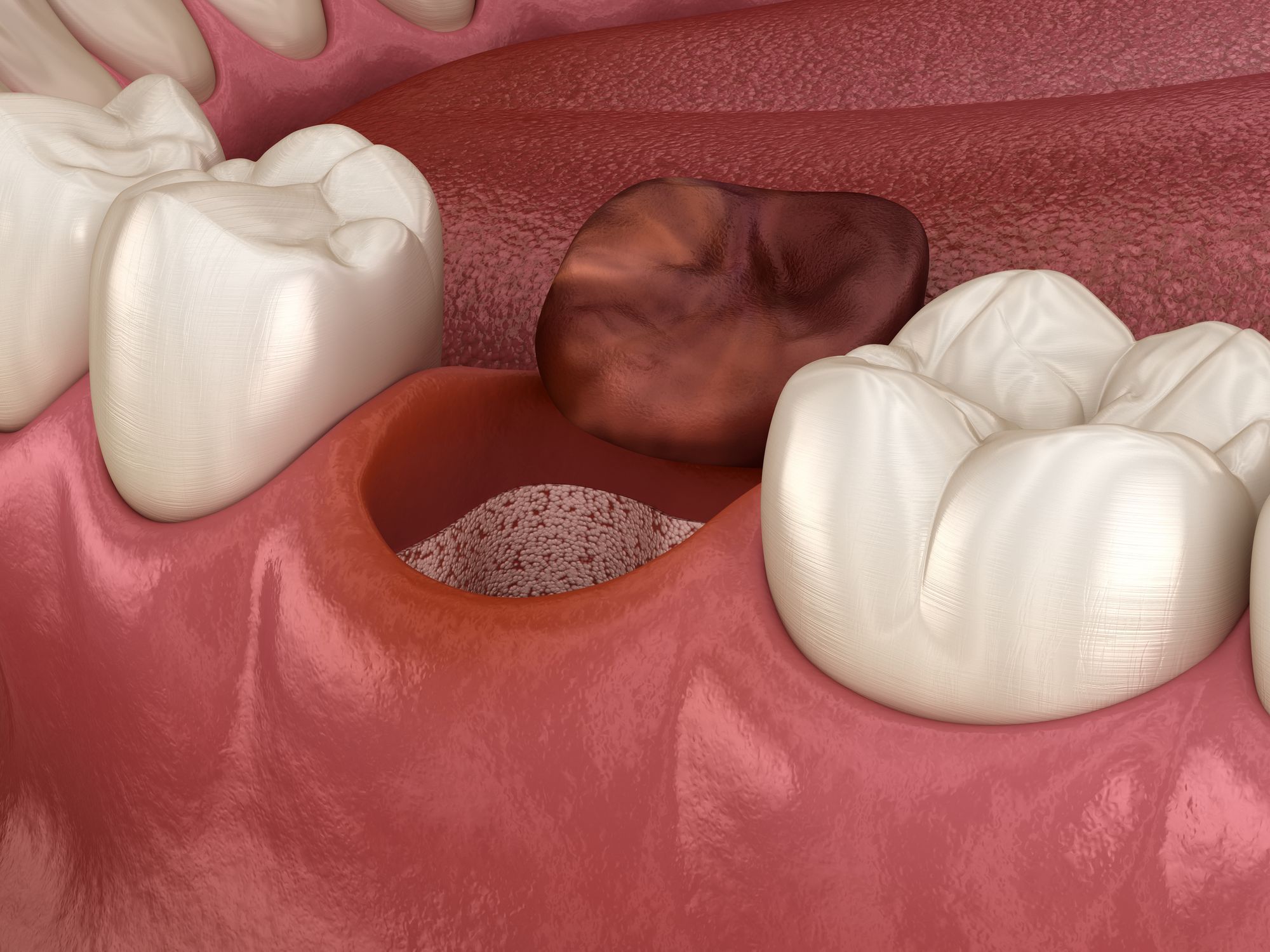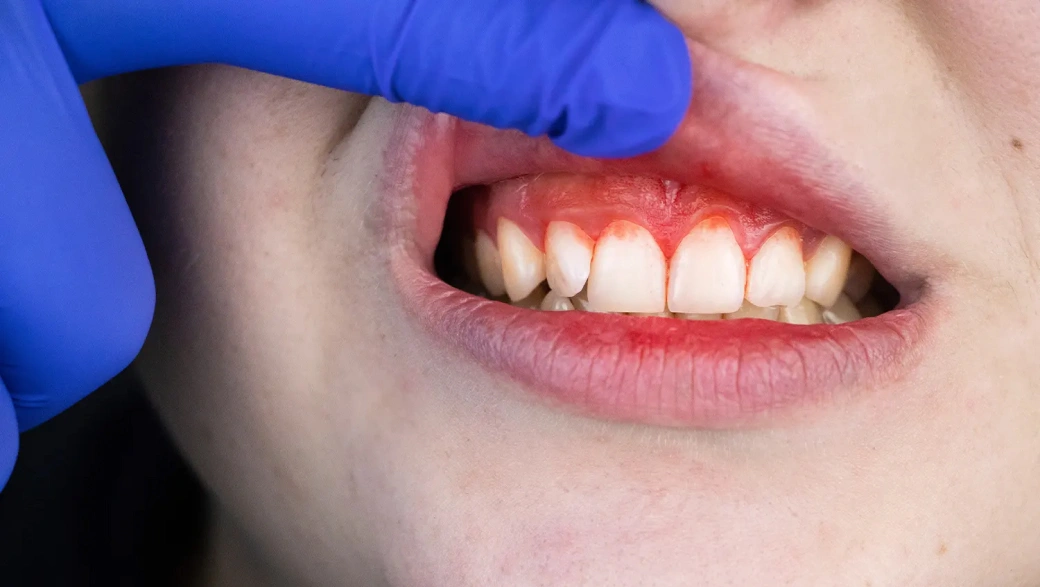
Tooth extractions should not be taken lightly, as your teeth play a crucial role in your oral health and ability to speak and chew. However, teeth cannot always be salvaged when they have extensive decay or have been severely damaged from dental trauma.
Healing from a tooth extraction takes about 3 to 4 weeks, but it’s important to follow aftercare instructions from your Clarksburg dentist to prevent complications like Dry Socket. Read on in this blog from Urban Dental Studio to learn more about how to prevent this complication after an extraction.
What Is Dry Socket?
Dry Socket, or alveolar osteitis, is a painful condition that occurs when a blood clot has been dislodged or never formed. Blood clots are extremely important for healing after a tooth extraction or any oral surgery.
Blood clots protect the underlying bone and nerves and stop the bleeding. This is necessary for new bone and soft-tissue growth. Without this protective layer, the socket will become inflamed and cause intense pain. Once this occurs, your healing will be delayed.
How to Form a Blood Clot
After getting a tooth extraction, you need to bite down on the gauze that is placed in the socket for 30 minutes to an hour to stop the bleeding and form a blood clot.
The longer you can leave it there, the better, but you will need to change the gauze once they’ve become soaked with blood, about every half hour. Replace the gauze with fresh damped gauze. If bleeding continues for hours, you can bite down on a wet caffeinated tea bag instead. The tannic acid encourages blood clotting.
Preventing Dry Socket
Once you have a blood clot, you will need to be careful not to dislodge it, as this can cause Dry Socket. There are a lot of things you will need to avoid, especially in the first 24 hours. You should avoid all forms of suction for the first 24 hours, including drinking through a straw and smoking.
Smoking and tobacco products should be avoided completely, but at minimum for 48 hours. Avoid strenuous exercise as you recover for the first week. Too much activity can dislodge the blood clot.
Avoid hard, crunchy, and sticky foods for the first week. Stick to soft foods and eat on the opposite side of your mouth. Don’t drink alcohol or hot foods for the first 24 hours, as this can increase bleeding or disturb the blood clot.
When it comes to oral hygiene, you should wait 24 hours before rinsing your mouth or spitting. After 24 hours, you can swish around a saltwater solution every few hours and brush and floss your teeth. You need to be careful to avoid the extraction site so you don’t disturb the clot.
Following Extraction Aftercare Will Reduce Your Risk of Dry Socket
As long as you follow aftercare instructions, practice good oral hygiene, and avoid disturbing the extraction site, you greatly reduce your risk of getting Dry Socket. If you notice symptoms of Dry Socket, such as severe jaw pain on the side of the extracted tooth and visible bone in the socket, you should contact us right away.
This is a very painful condition that you do not want to deal with on your own. We can help relieve your discomfort and get your healing back on track. Contact us at Urban Dental Studio today to schedule an appointment with Dr. Anum Zaidi.


